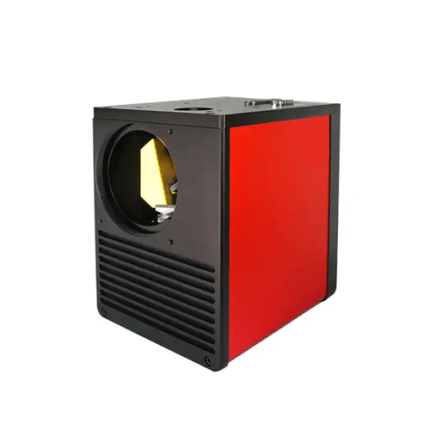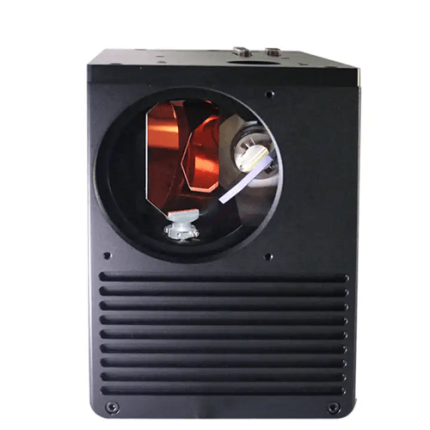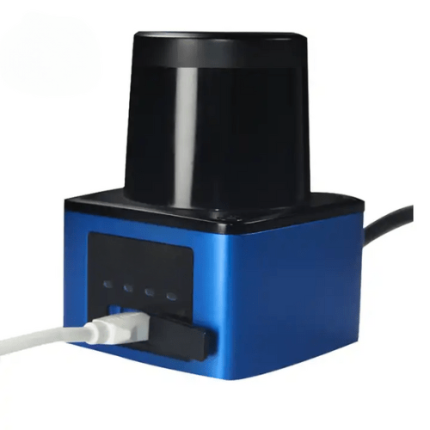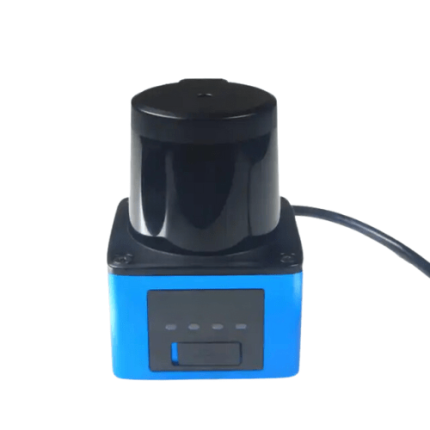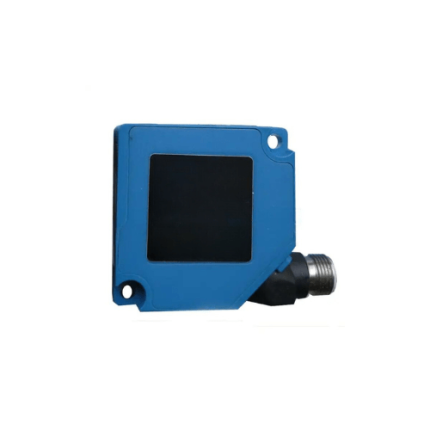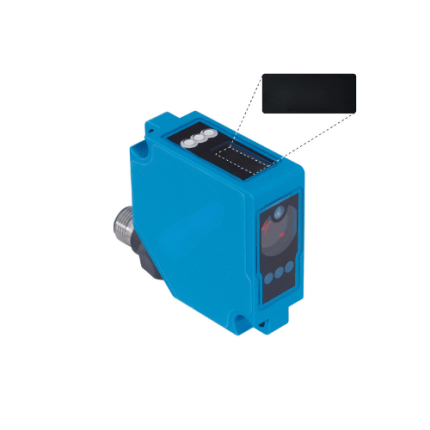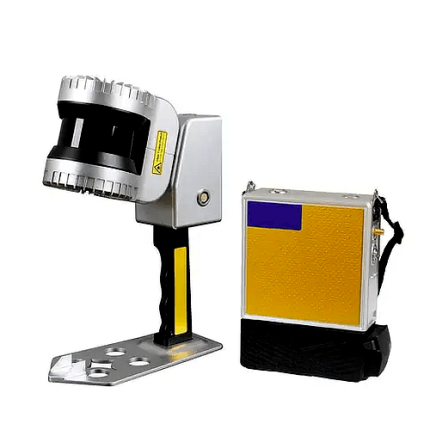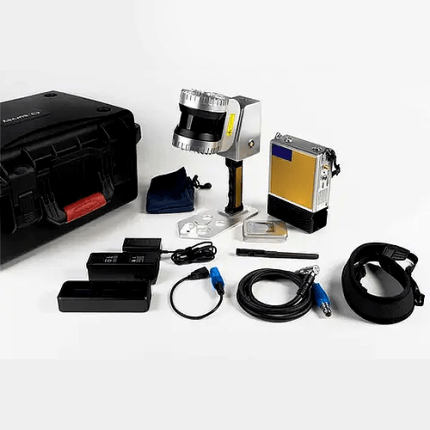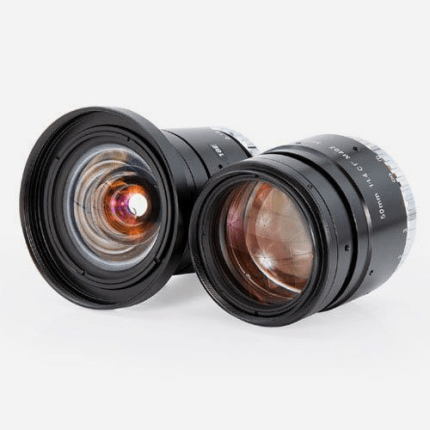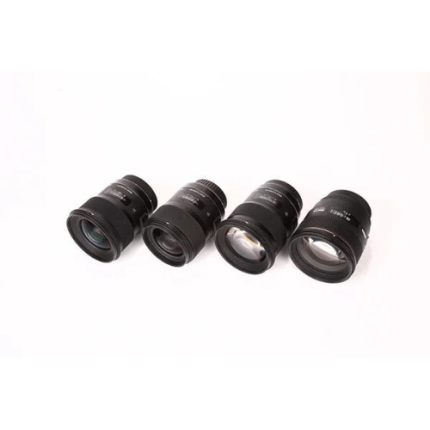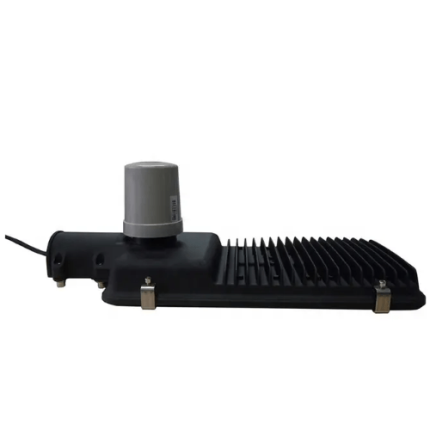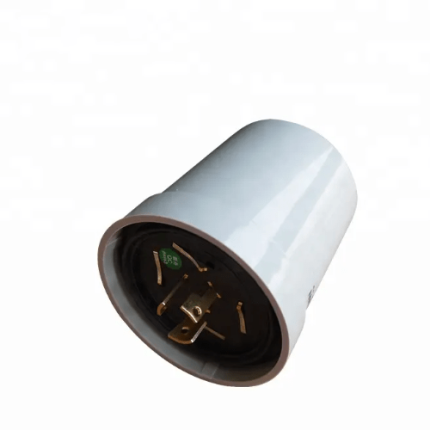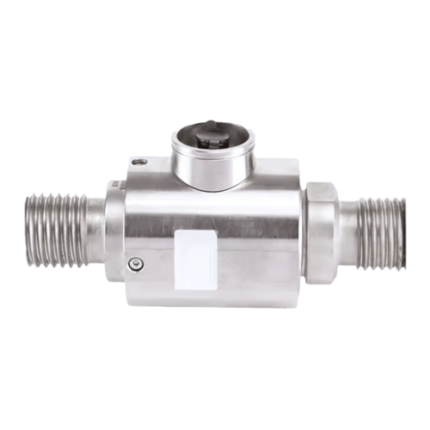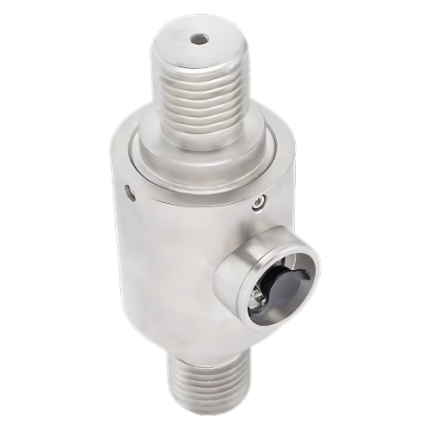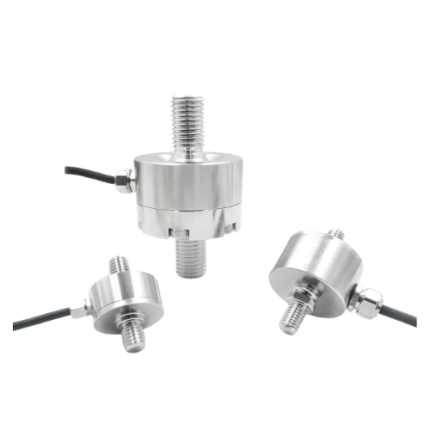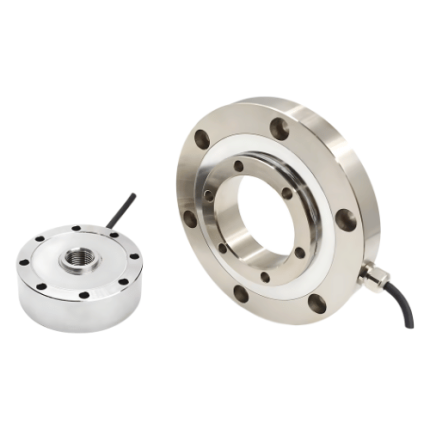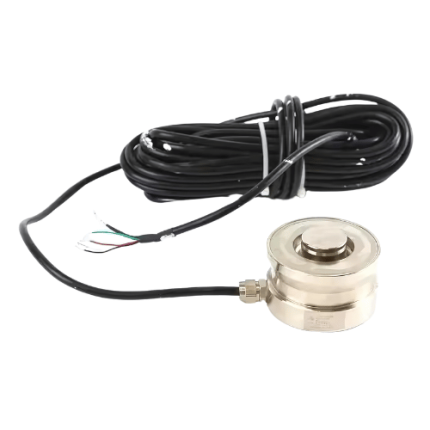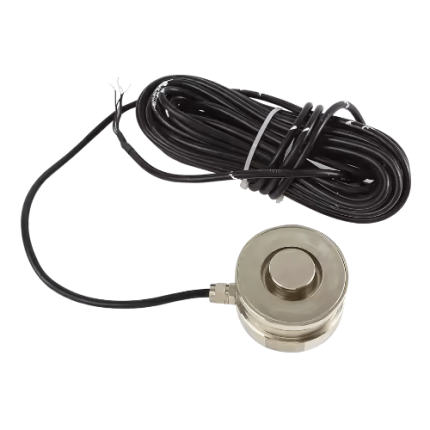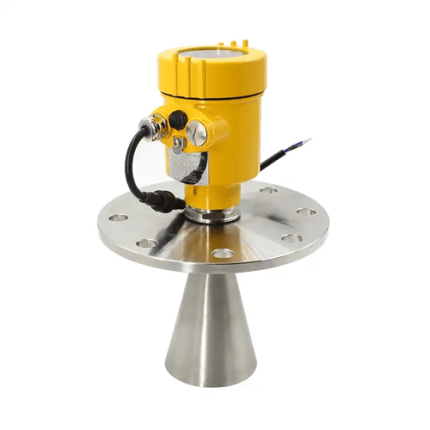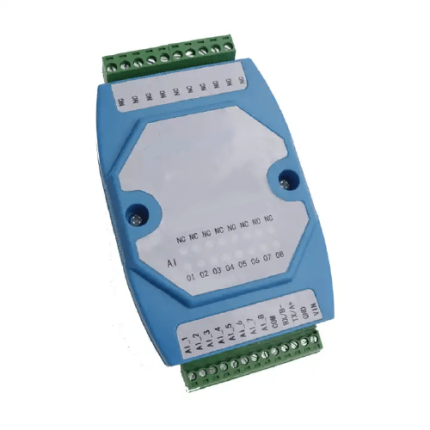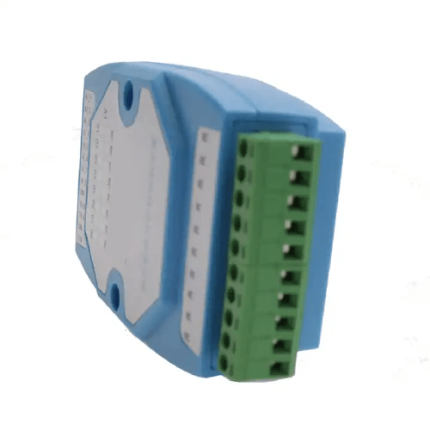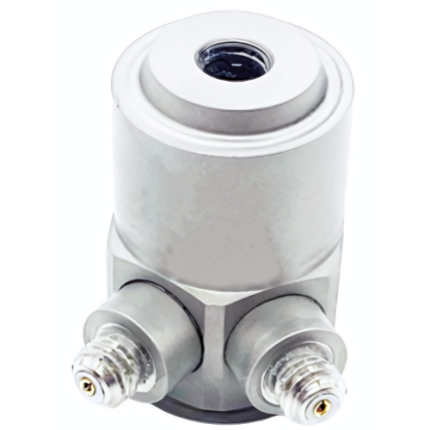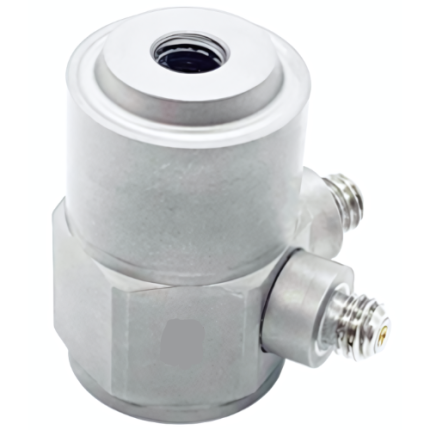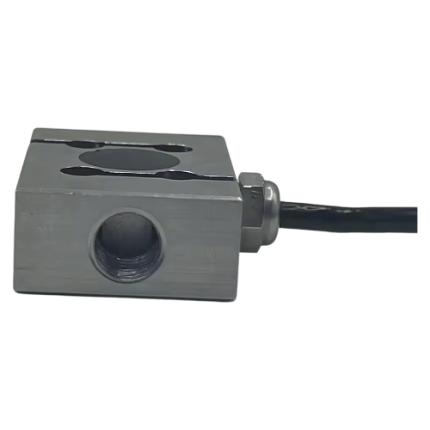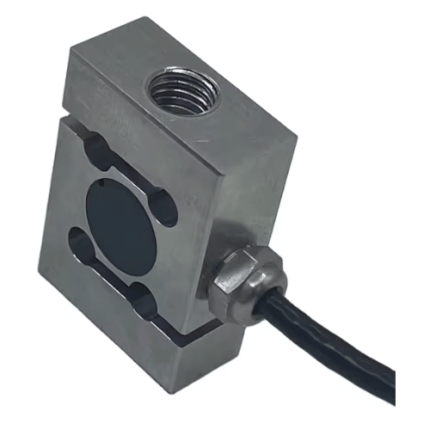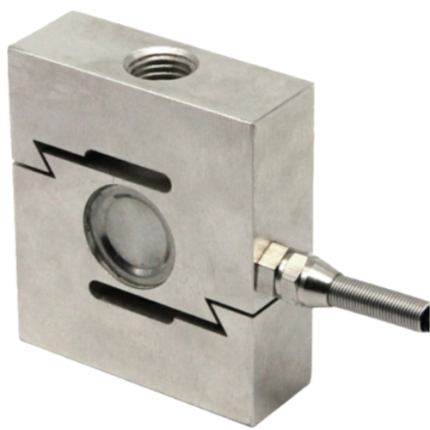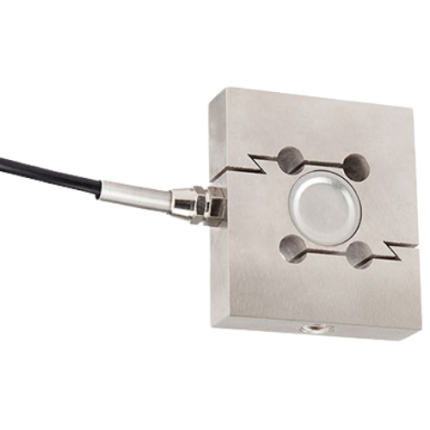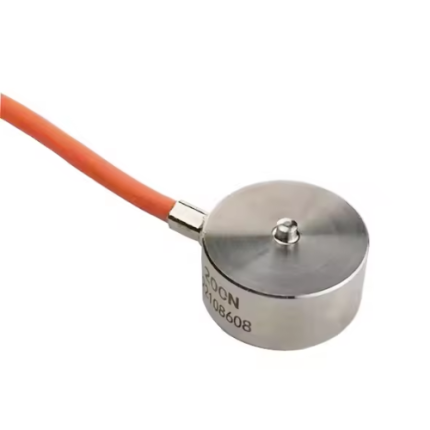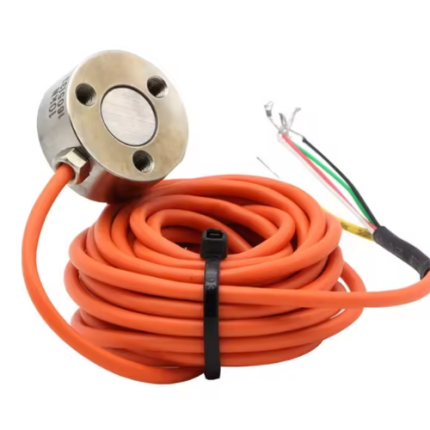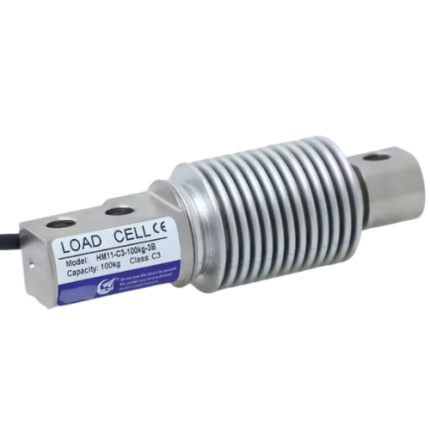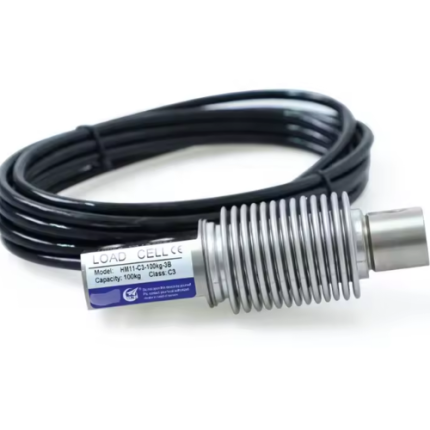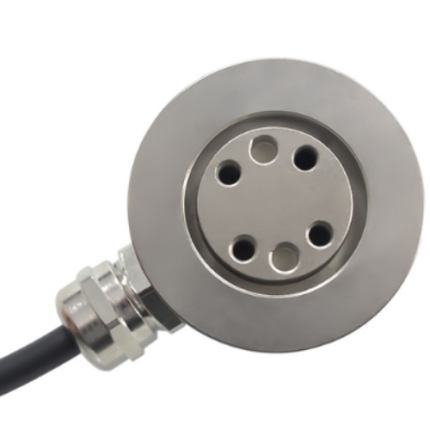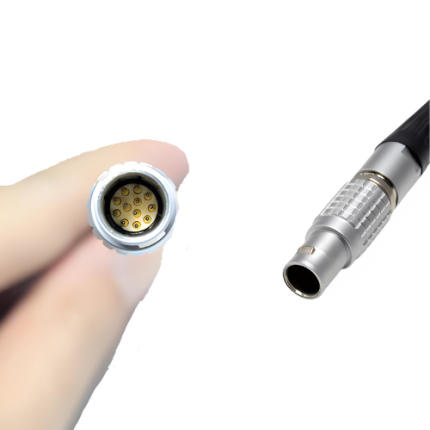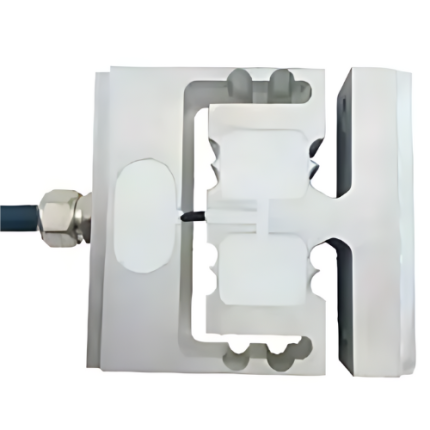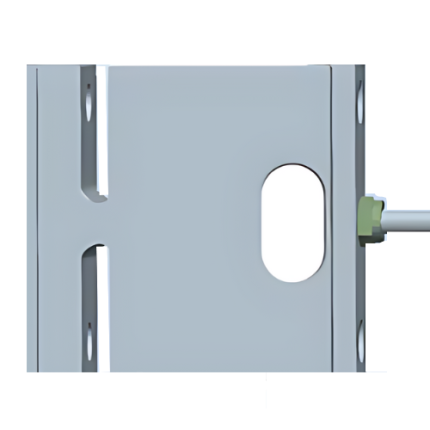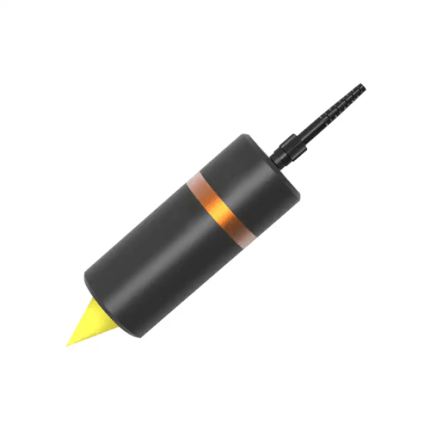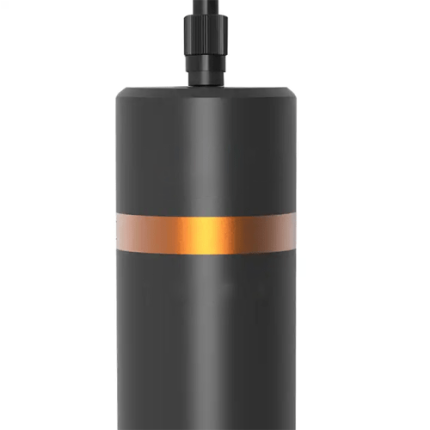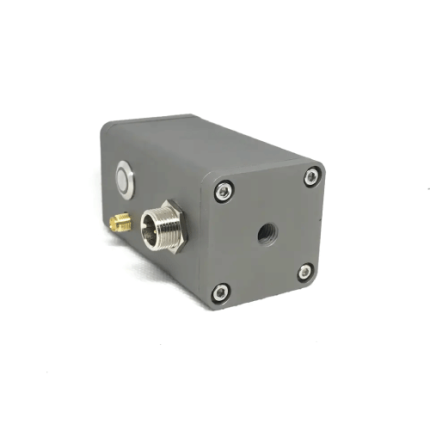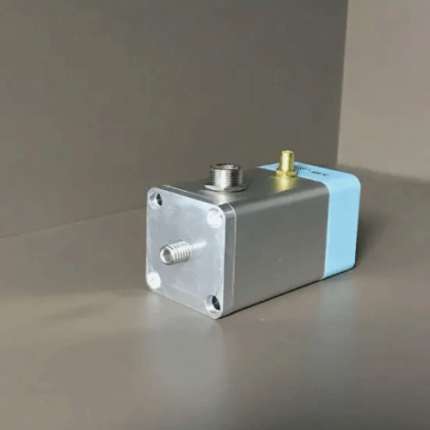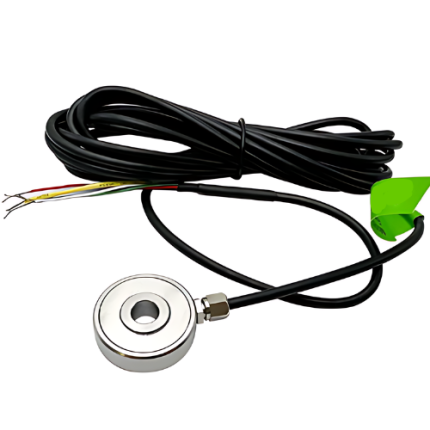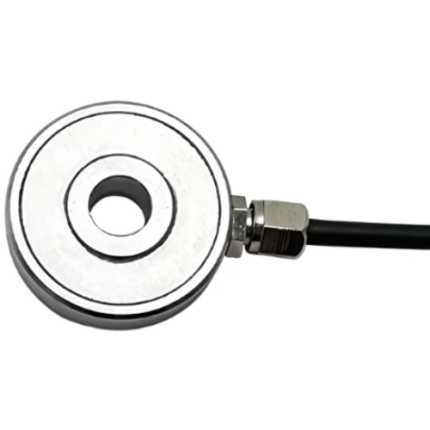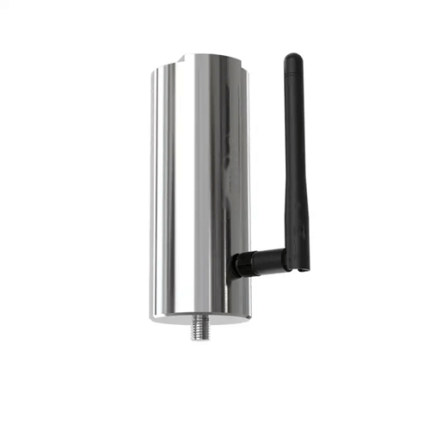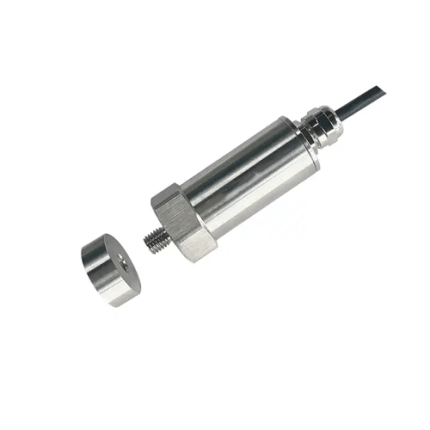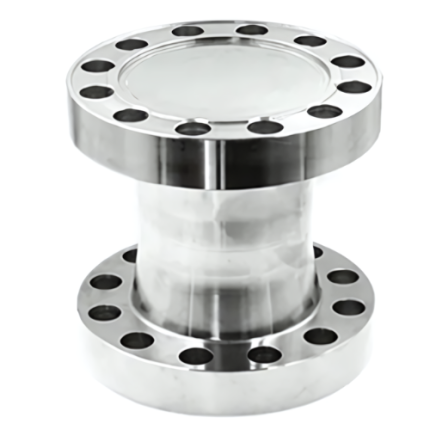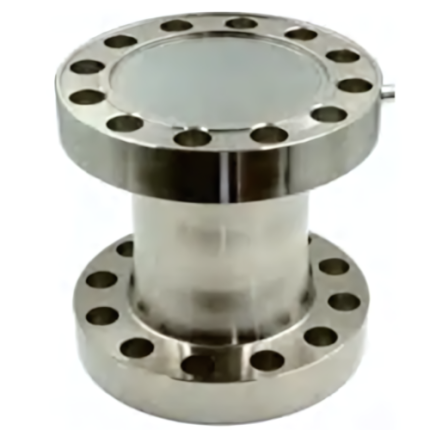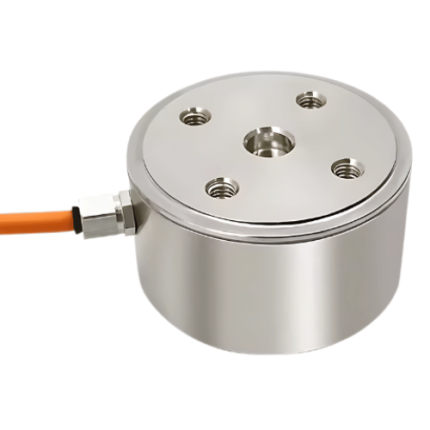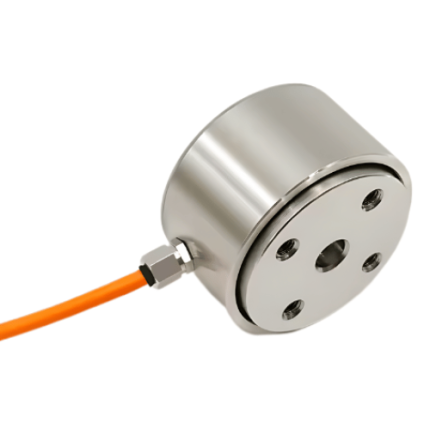GAO’s Mechanical and force sensors are critical components used to measure forces, pressures, and mechanical stresses in various applications. These sensors operate by detecting changes in mechanical properties and converting them into electrical signals for analysis. GAO Tek’s mechanical sensors excel in applications requiring precision, such as in industrial automation, structural health monitoring, and robotics. They are designed to withstand high loads and extreme conditions while maintaining accuracy. Force sensors, a subset of mechanical sensors, specifically measure the magnitude and direction of applied forces, making them essential for load testing, impact measurement, and quality control. These sensors enable enhanced performance monitoring, failure prevention, and process optimization across diverse industries.
The Mechanical & Force Sensor may also be called: Displacement Sensor, Pressure Sensor, Accelerometer, Strain Gauge, and Vibration Sensor. Load Cell, Force Transducer, Force Measurement Device, Strain Gauge Load Cell, and Piezoelectric Force Sensor.
10600nm Laser Sensor, 1.2in Aperture, ±15V DC, 5A Power – GAOTek
270° LiDAR Sensor, 0.01m-6m Range, 12mrad Divergence Angle – GAOTek
660nm LiDAR Sensor with 3m Range & IP68 Protection – GAOTek
865nm LiDAR, 32 Channels, 120m Range, 655k Points/sec – GAOTek
8mm Manual Lens with C-Mount, F1.8-F22 for 1/2.5” Sensor, Manual Iris – GAOTek
AC Power Controller 23dBm Transmit, IP65, 0-10V/PWM Dimming, 4A Sensor – GAOtek
Digital 35m Radar Level Sensor, IP68, ExiallCT6, 10.2GHz, 4-20mA Output – GAOTek
Electric Shock Tester with LED Indicators & Wide Voltage Range – GAOTek
Force and Acceleration Measurement Sensor with Quartz and Accelerometer- GAOTek
High Accuracy Robotic Arm Tension Compression Weighing Gravity Sensor-GAOTek
High Precision 1102.31 lb Force Sensor Analog Output Resistance Sensor – GAOTek
High-Accuracy 2-Axis Force Sensor for Robotics, CNC, Medical Equipment–GAOTek
High-Precision Laser Distance Sensor with 7μm Spot Diameter – GAOTek
High-Sensitivity Titanium Alloy Accelerometer, 0.11mV/lb, ±100 g – GAOTek
Hollow Spoke Wheel Type Load Cell FA109 Annular Ring Force Sensor, IP65 – GAOTek
IP67 Vibration Sensor with 1/3-Axis Measurement – GAOTek
Load Cell, 10t to 800 t Capacity, Stainless Steel, Analog Output – GAOTek
GAO’s Mechanical & Force Sensors are composed of following components:
- Sensing Element
- Transducer
- Signal Conditioning Circuit
- Output Interface
- Housing/Enclosure
- Sensing Element
- Strain Gauges
- Load Cell Body
- Signal Conditioning Circuit
- Calibration System
- Output Interface
- Protective Casing
GAO Tek’s Mechanical & Force Sensors have the following functions:
- Displacement Measurement: Mechanical sensors measure the distance an object moves from its original position. This is critical in applications like automation, where precise positioning is required for machinery or robotics.
- Pressure Measurement: These sensors monitor the force exerted by a fluid (liquid or gas) on a surface. This function is vital for systems in automotive, aerospace, and manufacturing to ensure safe and efficient operation.
- Acceleration Measurement: Mechanical sensors measure changes in velocity to detect vibrations, shocks, or changes in motion. This data is essential in dynamic systems such as vehicle stability control and structural health monitoring.
- Vibration Monitoring: By assessing oscillations or vibrations in machinery or structures, these sensors help predict maintenance needs and prevent failures in industrial equipment.
- Force Detection: Mechanical sensors can also measure applied forces, which is useful in applications like load monitoring in structural components or testing materials for strength.
- Force Measurement: The primary function is to quantify the magnitude of a force applied to an object. This is critical in manufacturing for quality control, in aerospace for load testing, and in automotive systems for safety testing.
- Load Monitoring: Force sensors measure the load on structures or components to ensure they operate within safe limits. This function helps in load balancing, weight measurement, and structural integrity assessments.
- Stress and Strain Analysis: By measuring the deformation caused by applied forces, these sensors help in analyzing the stress and strain in materials and structures, which is essential for engineering design and failure analysis.
- Dynamic Force Measurement: These sensors capture changes in force over time, providing real-time data for applications requiring immediate feedback, such as in dynamic testing of mechanical systems or safety monitoring in industrial processes.
- Calibration and Testing: Force sensors are used in calibration systems to ensure that other measurement devices are accurate and reliable. They are also employed in testing scenarios to evaluate the performance and durability of materials and components under various loads.
GAO Tek’s Mechanical & Force Sensors comply with applicable industry standards such as:
- ISO 376
- ISO 17025
- IEC 60751
- ISO 9001
- ASTM E2877
- ISO 9001
- ISO 376
- ASTM E74
- IEC 61010
- OIML R60
- NIST Handbook 105-1
Our Mechanical & Force Sensors help our customers comply with relevant U.S. government regulations such as:
- FDA Regulations (21 CFR Part 820)
- NIST Standards
- OSHA Regulations (29 CFR Part 1910)
- FCC Regulations (47 CFR Part 15)
- ANSI Standards
- ASTM Standards
- DOE Regulations
Our Mechanical & Force Sensors help our clients in comply with relevant Canadian government regulations such as:
- Health Canada Regulations
- Standards Council of Canada (SCC)
- Canadian Standards Association (CSA)
- Canadian Environmental Protection Act (CEPA)
- Measurement Canada Regulations
- Electrical Code (CEC)
Our Mechanical & Force Sensors have the following applications:
- Automotive Industry:
- Vehicle Dynamics: Monitoring acceleration and deceleration for stability control and safety systems.
- Engine Management: Measuring displacement and pressure within engines for performance optimization and diagnostics.
- Aerospace:
- Structural Health Monitoring: Assessing vibrations and displacements in aircraft structures to ensure integrity and safety.
- Navigation Systems: Using accelerometers for precise navigation and control in spacecraft and satellites.
- Industrial Automation:
- Robotics: Displacement sensors and accelerometers are used for precise positioning and control in robotic arms and machinery.
- Predictive Maintenance: Vibration sensors monitor machinery conditions to predict and prevent failures.
- Consumer Electronics:
- Smartphones and Wearables: Accelerometers and gyroscopes for motion detection and user interface interactions.
- Home Automation: Pressure and displacement sensors in smart home devices for automation and control.
- Manufacturing:
- Quality Control: Measuring mechanical properties and displacements of manufactured parts to ensure compliance with specifications.
- Material Testing: Assessing the strength and durability of materials through stress and strain measurement.
Below are our resource pages containing useful information on Mechanical & Force Sensors:
FAQs on Mechanical & Force Sensor on GAOTek.com
How to Choose a Mechanical & Force Sensor
Components of Mechanical & Force Sensors
Operation, Maintenance & Calibration of Mechanical & Force Sensors
Customers in the U.S and Canada of Mechanical & Force Sensors
Applications of Mechanical & Force Sensors in Asset Tracking
Our Mechanical & Force Sensors are in stock and can be shipped overnight within the continental U.S. and Canada from a nearby warehouse in the U.S. or Canada, and can also be shipped globally.
We provide 24/7 support. If you have any questions, our technical experts can help you. Please fill out this form or email us.

